PTSD And Depression: Difference And Similarities
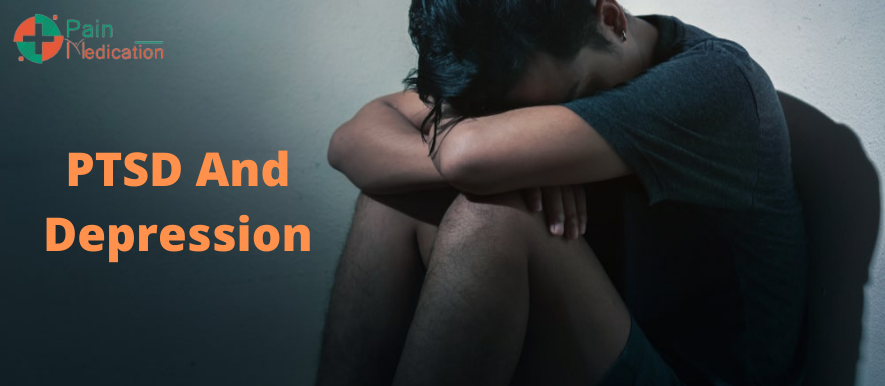
Everyone feels down now and then. It is a part of life to feel numb or getting blues. But if you are feeling down all the time, and your mood starts to interfere with your daily life, you may have depression or have PTSD (post-traumatic stress disorder.
PTSD and depression share a few symptoms. If you have either of those, you can experience trouble sleeping, anger, agitation, loss of interest in things or people. Sometimes, people can have both PTSD and depression simultaneously.
Depression is not something of which you can snap out. It is a problem that requires mediation or therapeutical treatment. PTSD is a variant of anxiety disorder that can happen to anyone after experiencing or witnessing a disturbing event, such as war or accident. People with PTSD can also get treatment for their condition.
Depression
Some people experience depression once in their lifetime, while for others, the feeling of depression is something that arrives and leaves over the years. It can occur without any warning.
Depression can worsen if a person goes through a stressful situation, such as divorce or a loved one’s death. The feeling can last for a couple of weeks, and the symptoms can affect you for many days.
Symptoms Of Depression
- Difficulty concentrating
- Feeling worthless
- Feeling guilty
- Fatigue
- Restlessness
- Trouble sleeping
- Weight loss or weight gain
- Loss of interest in activities
- Loss of pleasure
- Depressed mood
- Suicidal thoughts
PTSD
This condition results from a life-threatening situation or an event that leaves a long-lasting trauma, like child abuse, sexual assault, or domestic violence. Seeing something terrible happening to others, like a murder, can also cause PTSD. Soldiers, doctors, emergency workers, police officers, and individuals who regularly deal with stressful situations might also get PTSD.
Signs of PTSD might start showing up a month or two after the triggering event. Sometimes, people develop PTSD years after the traumatic incident.
Symptoms Of PTSD
- Exaggerated startle response
- Hypervigilance
- Irritability
- Negative thoughts and emotions
- Feeling of isolation
- Avoidance of trauma reminders
- Flashbacks
- Unwanted memories
Depression Vs. PTSD
Various symptoms of PTSD and depression overlap. You can have both conditions simultaneously. A traumatic event like an illness or divorce often precedes the onset of depression.
The following are the similarities between PTSD and depression:
- Emotional detachment from people
- Bad temper or irritability
- Lack of interest in things that you once used to enjoy
- Difficulty sleeping or being focused on a task
How Often PTSD And Depression Coincide
Depression is among the most commonly co-existing condition in people diagnosed with post-traumatic stress disorder (PTSD). Researchers found that among those having a diagnosis of PTSD, approximately 48%-55% also experience ongoing or previous depression.
People with PTSD are about five times more likely to get depression than those without post-traumatic stress disorder.
The Connection Between PTSD And Depression
Depression And PTSD Are Two Conditions That Are Similar In Many Ways:
Increased Trauma
People with depression are more likely to have experienced a traumatic incident in the past than those without depression. Childhood trauma can also be a significant contributor to the development of PTSD in people.
A history of stressful incidents, abuse, violence, etc., can be risk factors for depression, and the same events can also trigger the onset of post-traumatic stress disorder (PTSD).
PTSD Can Increase Depression
Experts believe that often the symptoms of PTSD are so distressing and debilitating that they can trigger the development of depression.
People with PTSD often feel detached from family and friends. They also lose interest in activities they once used to enjoy. These people might have difficulty finding positive emotions, such as joy or happiness.
It is easy to understand how experiencing these PTSD symptoms might make a person very sad, lonely, or depressed.
Genetics Can Also Be A Factor
Involvement of some genetic factor can also be a possibility in the development of PTDS and depression. Family history with these disorders often poses a significant risk of development of depression.
Researchers suggest that there might be a genetic predisposition for PTSD. With studies looking into the genetic connections between PTSD and depression, it might be safe to assume that genetic factors play a role in the co-occurrence of these two conditions.
Diagnosis
According to the DSM-5, to get diagnosed with depression, a person must experience at least five depression symptoms for two weeks or more. These symptoms should also affect a person’s normal functioning.
To get diagnosed with PTSD, DSM-5 criteria requires a person to have experienced a traumatic event and must feel symptoms, including avoidance, changes in arousal and activity, intrusive thoughts, adverse changes in mood and cognition.
The PTSD symptoms must remain present for at least a month and result in significant distress or impairment in daily functioning for a post-traumatic stress disorder diagnosis.
Treatment
People with PTSD need to seek treatment as soon as possible. The sooner a person addresses their PTSD symptoms, the less likely it will be for the symptoms to worsen. Early treatment also reduces your risk of developing the other condition. Buy Xanax Online.
People who have both disorders should seek immediate treatment. The presence of both conditions simultaneously can be devastating for a person’s mental health. Each disease can make the symptoms of the other worse.
Since depression and PTSD are the two common mental disorders that co-occur, mental health professionals usually have much experience and training in treating both these problems. Additionally, some treatments, such as behavioral therapy, may be equally effective for treating depression and PTSD.
The co-occurrence of depression and PTSD can complicate the treatment process. However, in such cases, the doctor will use the treatment option good for treating both simultaneously.
CBT – cognitive-behavioral therapy is an empirically-supported treatment for depression and PTSD. Using this approach, the therapist identifies the negative cognitions contributing to symptoms and teach the patient how to replace them with more helpful responses. Buy Adderall Online.
Psychiatrists will thoroughly evaluate a person’s condition and recommend the treatment best suited to their particular situation. The treatment plan can include CBT, anti-anxiety meds, antidepressants. Your doctor might also recommend lifestyle changes as these can significantly help with mental disorders.

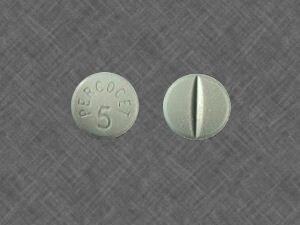
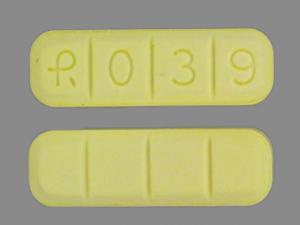
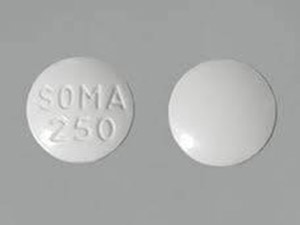
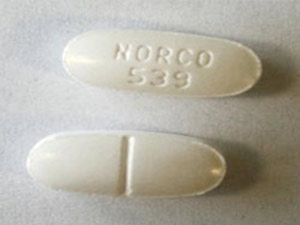
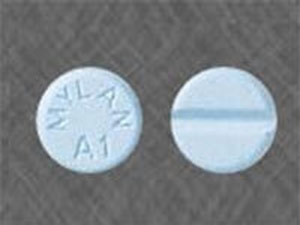

Leave a Reply